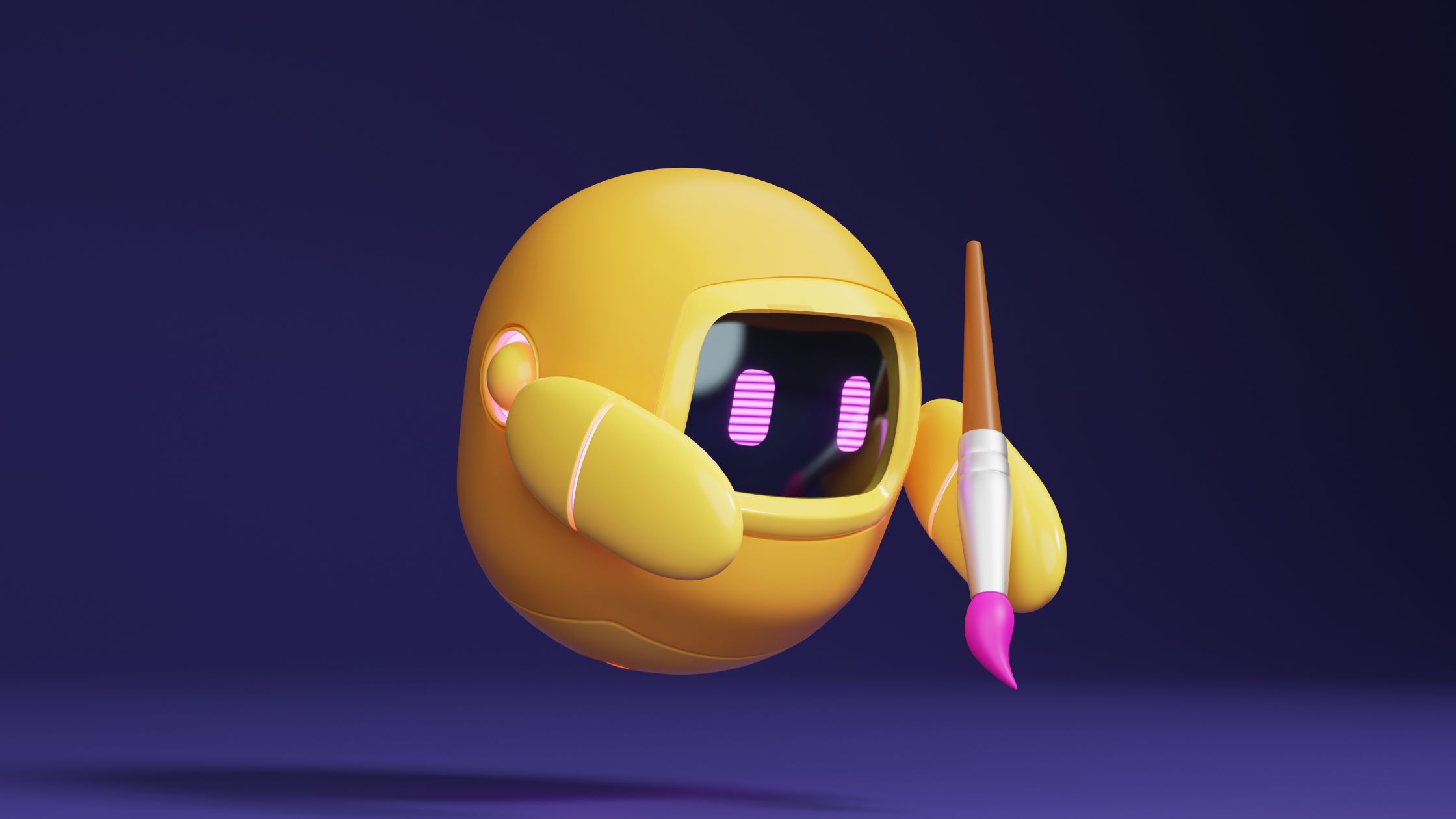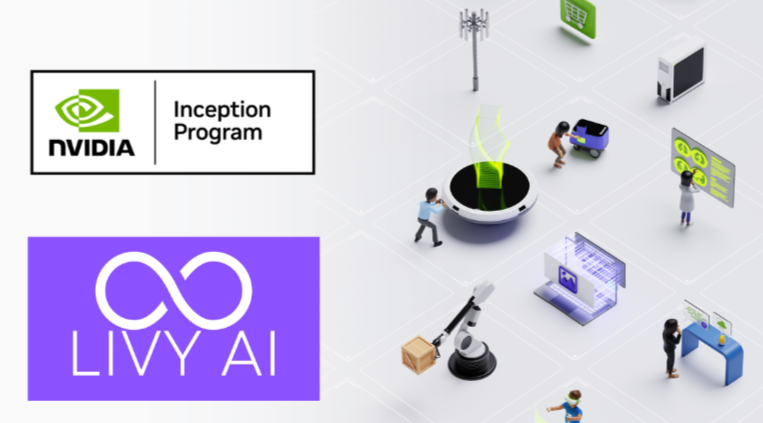
In a groundbreaking lawsuit, artists who took legal action against generative artificial intelligence (AI) art generators faced a significant setback. The case centered on the unauthorized and uncompensated use of billions of images from the internet to train AI systems. However, a federal judge recently dismissed most of the claims, raising questions about the future of copyright protection in the age of AI.
Key Takeaways:
- Artists sued AI art generators over unauthorized use of images to train AI systems.
- U.S. District Judge William Orrick dismissed most claims against Midjourney and DeviantArt.
- The judge questioned the validity of copyright infringement claims against AI tools.
- Claims against Stability AI for direct infringement will proceed.
- The lawsuit underscores the complexities of copyright law in the digital age.
A Landmark Case with Implications for the Future
The lawsuit is the first of its kind, challenging the boundaries of copyright law in the era of AI. Artists alleged that generative AI art generators used billions of images without permission, infringing on their copyrights. However, U.S. District Judge William Orrick found that the accusations against companies Midjourney and DeviantArt were "defective in numerous respects."
One of the primary issues raised was whether the AI systems operated by these companies actually contained copies of copyrighted images. Furthermore, the judge questioned if the artists could prove infringement without showing identical material produced by the AI tools.
Stability AI: A Central Player
While claims against Midjourney and DeviantArt were largely dismissed, the case against Stability AI will move forward. The company is accused of using copyrighted images without permission to create its product, Stable Diffusion. Stability AI denies these allegations, emphasizing that its AI system does not wholesale copy works. Instead, it develops parameters from the works, such as colors, lines, and shades, to define what things look like.
The case's core revolves around Stability's Stable Diffusion, which powers the company's AI image generator, DreamStudio. Artists must now prove that their works were used to train this AI system. It's also alleged that DeviantArt's DreamUp and Midjourney are powered by Stable Diffusion.
Challenges Ahead for Artists
One of the significant challenges artists face is the opaque nature of training datasets used by AI systems. Judge Orrick highlighted that it's unclear whether there are copies of training images stored in Stable Diffusion used by DeviantArt and Midjourney. He also emphasized the need for artists to show proof of infringing works produced by AI tools that are identical to their copyrighted material.
The judge's ruling stated that artists might need to demonstrate that AI tools can create material similar enough to their work to be misconstrued as fakes. This could be a significant hurdle, as artists have admitted that the output from Stable Diffusion is unlikely to closely match any specific image in the training data.
The Broader Implications
This lawsuit underscores the complexities and challenges of copyright law in the digital age. As AI technologies continue to evolve and become more integrated into various industries, the boundaries of copyright protection will be tested. Artists and creators must navigate these uncharted waters, advocating for their rights while also adapting to the rapidly changing technological landscape.
In conclusion, while AI tools like generative art generators offer innovative solutions and capabilities, they also raise critical questions about copyright protection. As the case against Stability AI and other companies unfolds, it will set precedents that could shape the future of copyright law in the age of AI.

